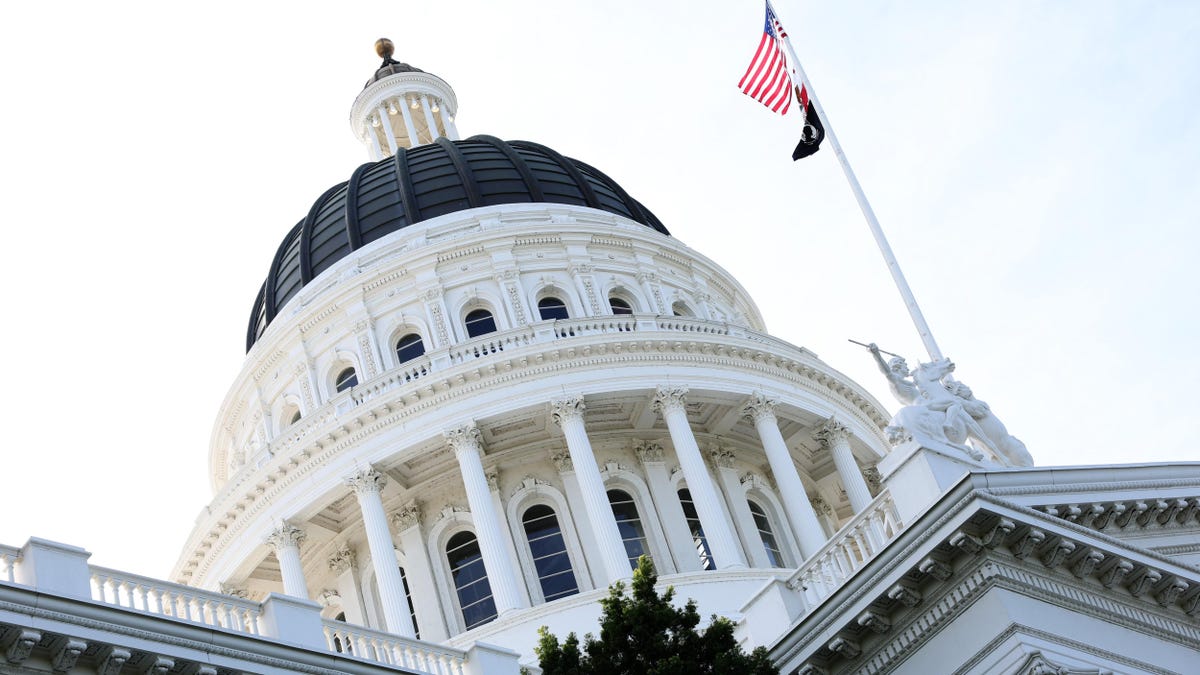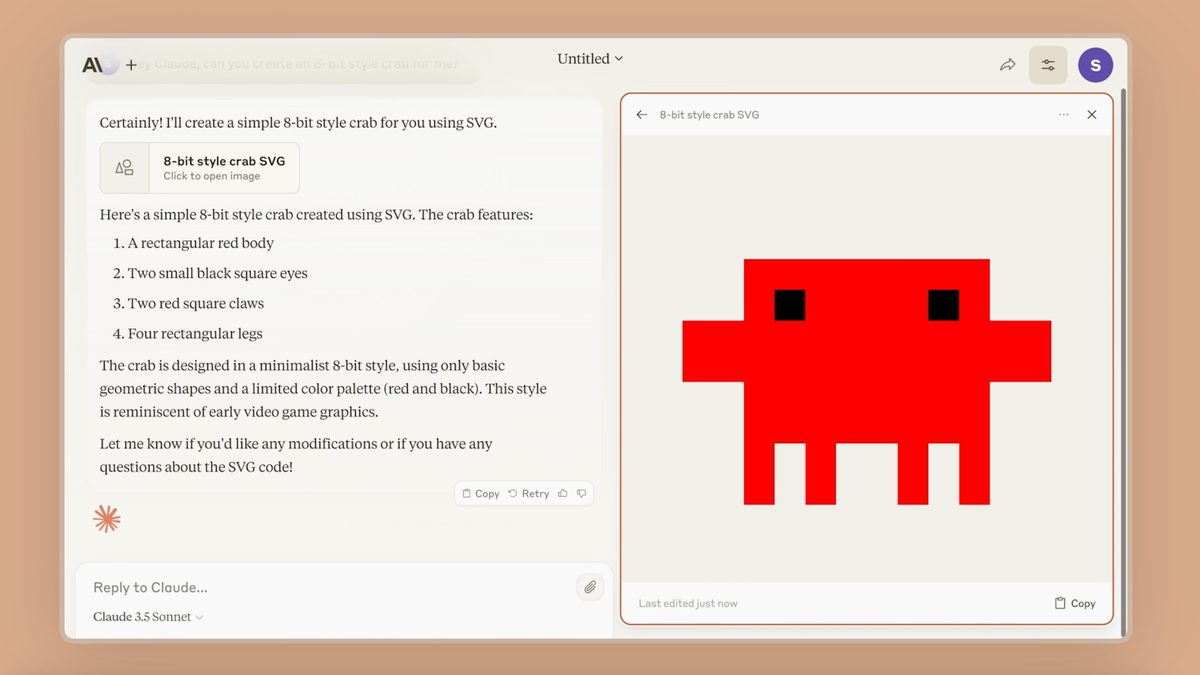A study recently published in the peer-reviewed American Psychologist journal claims that a combination of facial recognition and artificial intelligence technology can accurately assess a person’s political orientation by simply looking at that person’s blank, expressionless face.
The study was authored by researchers at the Graduate School of Business at Stanford University. Researchers write that, prior to the experiment, they had 591 participants answer a political questionnaire that provided insights into their political beliefs. Those same participants were then scanned by researchers’ AI algorithm, which attempted to assess where they fell on the political spectrum. The algorithm could generally tell what a person’s political orientation was with a high degree of accuracy, even when that person’s identity was “decorrelated with age, gender, and ethnicity,” researchers write. The “algorithm’s predictive accuracy was even higher” when it had access to “participants’ age, gender, and ethnicity,” researchers write. The levels of accuracy were broken down in different situations and expressed in formulas, but the researchers summarized it as being “on par with how well job interviews predict job success, or alcohol drives aggressiveness.”
Prior to this experiment, researchers studied the “differences between average facial outlines” of the “most liberal and most conservative males and females” and integrated this research into their analysis. According to this analysis—and, I have to warn you, it’s kinda funny—liberals and conservatives have markedly different facial morphology. Liberals have “smaller lower faces” and “lips and noses [that] are shifted downward,” and chins that “are smaller” than conservatives, researchers write. Researchers repeat the key conclusion later on: “liberals tended to have smaller faces.”
So, according to this theory, if you have a tiny face, you’re probably a progressive. Or, by contrast, if you have a big fat face, there’s a good chance you might be a Trump voter. Face/head is destiny, apparently. Researchers justify this assessment by pointing to the ways in which social expectations relative to physical appearances can influence personality development:
…facial appearance can shape psychological traits…People largely agree when judging political orientation from faces (Todorov et al., 2015). Regardless of whether such judgments are accurate, the self-fulfilling prophecy effect (Merton, 1936) postulates that people perceived as having a particular attribute are treated accordingly; internalize such attributions; and, over time, may engage in behaviors consistent with others’ perceptions (Slepian & Ames, 2016). For example, people with larger jaws, often perceived as more socially dominant (a trait associated with political conservatism), might over time become more so.
Once researchers had established this alleged correlation between specific facial morphologies and political orientations, they could create a database of faces that fall into those distinct categories and test their facial recognition algorithm to see if it could accurately predict which faces were correlated with specific political orientations. According to them, it worked.
“We demonstrate that political orientation can be predicted from neutral facial images by both humans and algorithms, even when factors like age, gender, and ethnicity are accounted for. This indicates a connection between political leanings and inherent facial characteristics, which are largely beyond an individual’s control,” the study claims.
Researchers went on to say, “Most crucially, our findings suggest that widespread biometric surveillance technologies are more threatening than previously thought.” Especially in the case of targeting political messaging online, the ability of AI to guess a person’s political orientation could be very valuable.
So, in conclusion: If your face is large, you’re a conservative; if it’s skinny, you’re a liberal; and facial recognition is bad—we all know that. That seems to be all you need to know.









